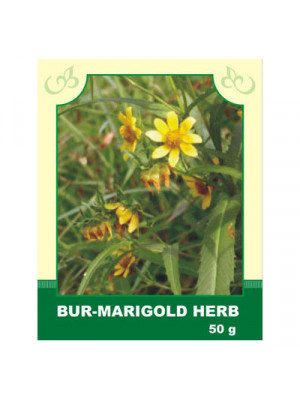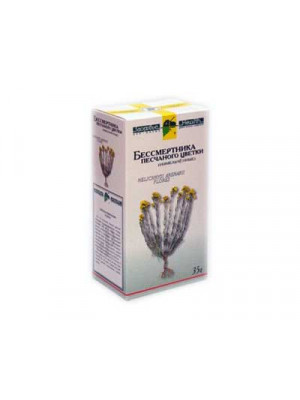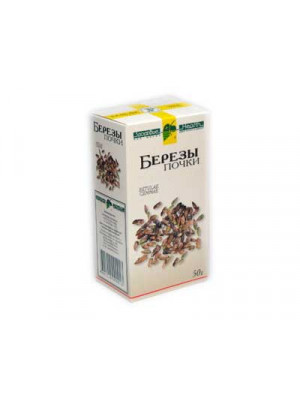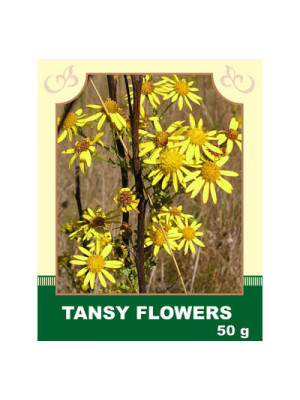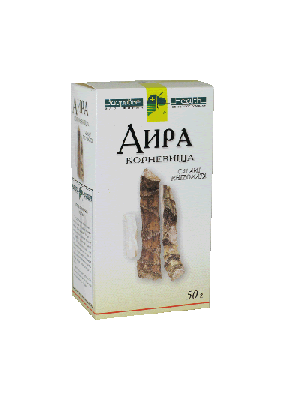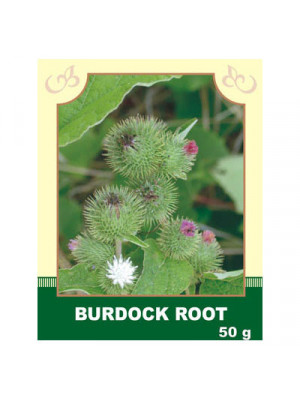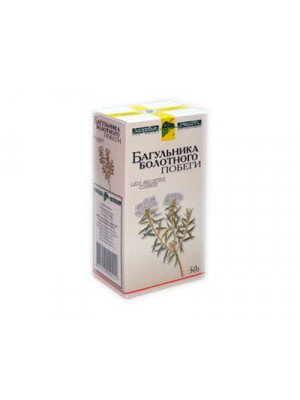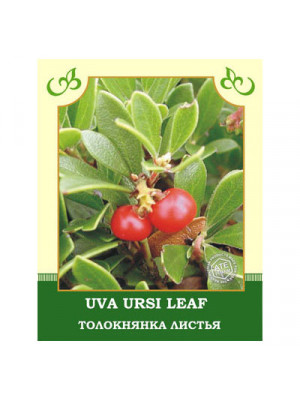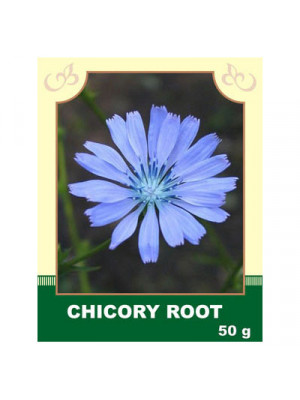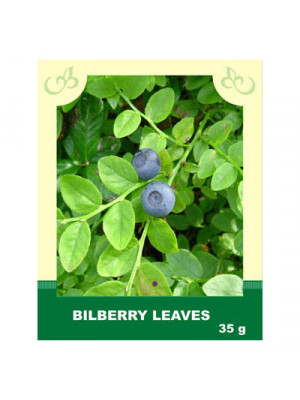Herbs
Description.
Description. Bur-marigold is widely used in different ways. The herb is rich in tannins, bitters, volatile oil, vitamin C, carotin, iron, chrome, aluminum, copper and manganese. Bur- marigold can be taken internally and externally. The properties of the herb are numerous: sudorific, anti-inflammatory, diuretic, vitaminous, anti-allergic and sedative. Bur-marigold is of great help for metabolism disorders, digestion, gastrointestinal illnesses and skin inflammations. Use. Bur-marigold is used as preventive for influenza or cold, used for treatment of swelling pain at the throat, fever among infants, fear of cold weather. In some countries they use it for enteritis, flatulence, diarrhea, appendicitis, for sprains, contusions, chronic ulcers. The herb also helps stop wound bleeding and is good for piles, chronic ulcers, various skin diseases.
Attention! Before using any herbal products, make sure that you have full knowledge of how the herb works and any adverse reaction it may cause.$6.99- Everlasting flower is an ancient herb, which has a long history of use. Traditionally this herb has been used for kidney and liver illnesses, and for gastrointestinal tract disorders. Everlasting flowers contain volatile oil, vitamins, glycosides, alcohol, tannins, fatty acids, minerals and trace elements. The properties of everlasting flower are anti-inflammatory, antibacterial, spasmolytic, cholagogic, diuretic and improving metabolism. The herb helps reduce cholesterol in blood.$7.99
- Birch Buds contain volatile oils, ascorbic acid, bitters, flavonoids, tannins, sugars. Decoction and infusion of birch buds are considered to have diuretic, antiseptic, anti-inflammatory, cholagogic and wound healing properties. Some medics observed great increase of urination under influencing of this decoction and substantial abatement of edemas even when other heart and the diuretics did not help.$9.99
Internally, it is taken as an antipyretic and sedative for cramps in rheumatism and polyarthritis, headaches, hypochondria, epilepsy; as an antiparasitic remedy for expelling roundworms and pinworms; as a cholagogue for liver and gallbladder diseases, as well as for kidney and bladder inflammations, menstrual cycle disorders, and nervous excitement.
Method of application and dosage: Decoction - 2 tablespoons of finely chopped raw material, pour 0.5 liters of boiling water, simmer on low heat for 10 minutes, let it infuse for half an hour to an hour, and drink 1/4-1/3 cup three times a day 20-30 minutes before meals.
The infusion of tansy is prepared in the same proportion. It is usually taken in 1/4-1/3 cup three times a day. In case of peptic ulcer disease, the dose of infusion and decoction can be increased to 1/2 cup per intake.
Externally, it is used for treating purulent wounds, ulcers, bruises, rheumatism, scabies, and for washing the head in case of pediculosis (lice infestation). Steep 1 tablespoon of flower heads in 400 ml of boiling water for 2 hours.
Contraindications: Individual intolerance, not recommended during pregnancy and for children of a younger age. The plant is potent, strict dosage is required.
$5.50- Calamus comes from China and India. In his books Hippocrates wrote about extraordinary properties of this plant. Nowadays Calamus root is widely used throughout the world. The plant consists of ascorbic acid, starch, gum, volatile oil, tannins etc. Calamus Root is an aromatic stimulant that has been used for centuries in many cultures mainly for digestive complaints. It is considered to benefit digestion, increase the appetite and ease dyspepsia and stomach cramps. The herb is thought to relieve the discomfort of flatulence, as well as check the growth of the bacteria which gives rise to it. The root is considered a stimulant, carminative, hypotensive, tonic, bitter, and aromatic.$7.99
Description. Burdock Root is one of the foremost cleansing herbs, providing nourishing support for the blood, the liver, and the natural defense system. It's rich in Vitamins B1, B6, B12, and E, plus manganese, copper, iron, zinc, sulfur, and more. You'll find Burdock Root in many tonic formulas and special blends designed for internal cleansing. In traditional herbal texts, Burdock Root is described as a blood purifier or alterative, and was believed to clear the bloodstream of toxins. The herb contains polyacetylenes that have both anti-bacterial & anti-fungal properties. Burdock Root contains high amounts of inulin and mucilage. This may explain its soothing effects on the gastrointestinal tract. Bitter constituents in the root may also explain the traditional use of Burdock to improve digestion. Use. Medicinally, Burdock Root has been used both internally and externally for eczema and psoriasis, as well as to treat painful joints and as a diuretic. In traditional Chinese medicine, Burdock Root, in combination with other herbs, is used to treat sore throats, tonsillitis, colds, and even measles. It is eaten as a vegetable in Japan and elsewhere. Burdock is a mild laxative. It also aids in the elimination of uric acid. By improving the function of many organs of elimination (liver, kidneys, bowels), many health conditions are improved. Burdock Root also has the ability to mildly lower blood sugar.
Attention! Before using any herbal products, make sure that you have full knowledge of how the herb works and any adverse reaction it may cause.$6.99Internally, it is used for headaches and cardiac discomfort, acute and chronic bronchitis, bronchial asthma, whooping cough, and enterocolitis.
Method of application and dosage: To prepare an infusion, take 6 g of water avens, pour 180 ml of boiling water, infuse on a water bath for 15 minutes, cool for 45 minutes, strain. Take 2 tablespoons 3-4 times a day. For a decoction, take 10 g of water avens, pour 200 ml of boiling water, infuse on a water bath for 30 minutes, cool for 10 minutes, strain, bring to 200 ml. Take 2 tablespoons 3 times a day after meals.
Externally, it is used as compresses and rubs for myositis, neuritis, and joint diseases.
Contraindications: Individual intolerance. The plant is poisonous! Overdose during preparation and consumption of the decoction is not allowed! Consult with a specialist before use.
$6.99Internally: Used as a diuretic for cardiac edema, antiseptic for diseases of the urinary tract and bladder. The tincture is recommended for use in diseases of the nervous system, alcoholism, and as a remedy to normalize sleep. It is also used as a therapeutic and analgesic for joint rheumatism, gout, and malignant tumors.
Method of application and doses: Infusion: Place 1 tablespoon of raw material in an enameled dish, pour 200 ml of hot boiled water, heat in a water bath for 15 minutes, cool at room temperature for 45 minutes, strain. The volume of the resulting infusion is brought to 200 ml with boiled water. The prepared infusion is stored in a cool place for no more than 2 days. Take 1/3-1/2 cup 3-5 times a day 40 minutes after eating.
Externally: In the form of baths and washes for diathesis and purulent wounds.
Contraindications: Individual intolerance, during pregnancy and in case of glomerulonephritis. Prolonged use is not recommended. Consult a specialist for kidney diseases.
$6.99Internally: Has a beneficial effect on the state and efficiency of the nervous system. Chicory root improves the functioning of the gastrointestinal tract, urinary system, and contributes to lowering blood sugar levels. Enhances metabolism, significantly reducing body weight.
Method of application and doses: Grind into powder, pour 1 teaspoon with cold water (200 ml), and put it on the heat. Bring to a boil, infuse for 5-10 minutes. It is recommended to take one-third of a glass before breakfast, lunch, and dinner.
Contraindications: Individual intolerance.
$6.99Internal use: Infusion of leaves lowers blood sugar levels and promotes the dissolution of kidney stones in diabetes.
Method of application and dosage: 2 tablespoons of raw material are poured with 400 ml of boiling water, infused for 2 hours, and taken in 1/2 cup 4 times a day before meals.
External use: Used as an enema for hemorrhoids. 60 g of raw material is poured with 1 liter of boiling water, boiled in a water bath for 30 minutes, infused at room temperature for 10 minutes, and strained.
Contraindications: Individual intolerance, overdose, and prolonged use.
$6.99


